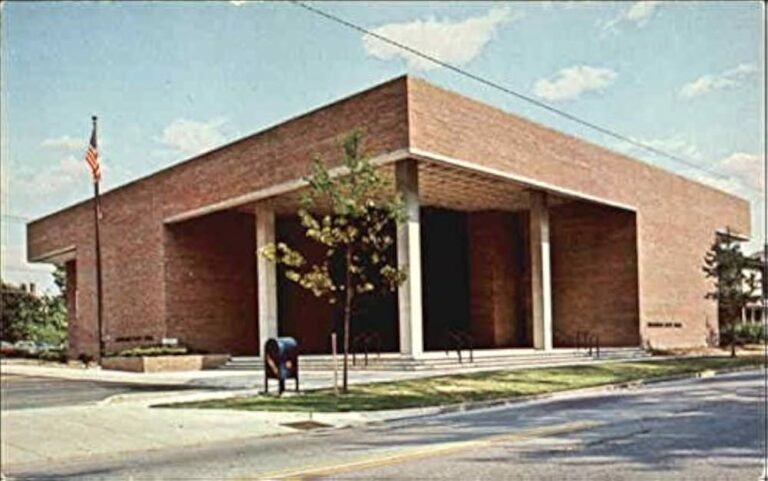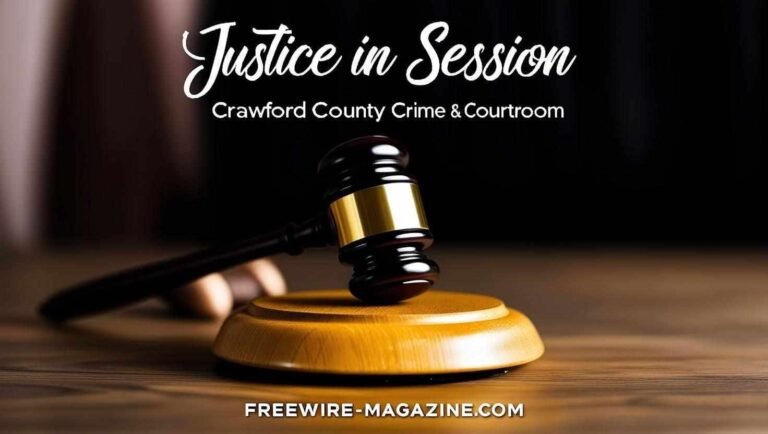
By April Rodgers, Content Coordinator
What would you do if one in four children in your neighborhood experienced sexual abuse? The reality is closer than we think.
April marks Sexual Assault Awareness Month (SAAM), a time to raise public consciousness about the prevalence of sexual violence and to promote resources for survivors of all ages. Sexual abuse and assault can affect anyone—children, teens, and adults—and understanding its forms and frequency is key to prevention and support. This includes boys and men—who are often overlooked but are just as deserving of recognition, protection, and support.
Defining Sexual Abuse and Assault
According to Nationwide Children’s Hospital, sexual abuse includes both:
- Touching behaviors, such as unwanted fondling or intercourse
- Non-touching behaviors, such as exhibitionism, voyeurism, or exposing someone to pornography
These definitions apply across the lifespan. For adults, non-consensual sexual acts—ranging from coerced sexual contact to rape—fall under the broader umbrella of sexual assault.
How Common Is It?
Sexual abuse and assault are more common than most people realize:
- Among children, researchers estimate 1 in 6 boys and 1 in 4 girls experience sexual abuse before adulthood.
- Among adults, the Rape, Abuse & Incest National Network (RAINN) reports that:
- 1 in 3 women
- 1 in 6 men
have experienced some form of contact sexual violence in their lifetime.
These numbers represent real people—our friends, family members, neighbors, and coworkers.
“No Means No”: Teaching Consent from Childhood Onward
Consent is the cornerstone of healthy relationships. We must start early:
- If you have a son, teach him that when a partner says “no,” it means stop—immediately and without question. Also let him know that if someone crosses his boundaries, that’s not his fault, and it’s OK to speak up and ask for help.
- If you have a daughter, empower her to know it’s OK to say “no.” She deserves respect from any partner, and if that respect is violated, it’s OK to speak up and seek help.
By reinforcing “no means no,” we give our children the language and confidence to both respect boundaries and assert their own.
Why Awareness Matters
• Breaking the Silence
Stigma and fear often keep survivors from seeking help. SAAM encourages open conversations to reduce shame and isolation.
• Prevention Through Education
Understanding the warning signs—such as sudden behavioral changes, withdrawal, anxiety, or unexplained fearfulness—can help parents, educators, and peers intervene early.
• Resources for Survivors
Help is available. The National Sexual Assault Hotline (1-800-656-HOPE) connects callers with trained staff 24/7, offering confidential support and resources. Counseling services, crisis centers, and survivor support groups also provide vital pathways to healing.
Taking Action
What can we do—beyond just being aware?
- Listen and Believe
If someone discloses assault, believe them. Offer nonjudgmental support, and connect them to professional resources. - Advocate for Policy Change
Support legislation that protects survivors, improves reporting systems, funds crisis centers, and holds perpetrators accountable. - Educate Your Community
Start conversations about consent, healthy boundaries, and respect. Host workshops, support youth programs, and make resources visible at schools, workplaces, and community centers.
Sexual violence is not just a personal tragedy—it’s a community responsibility. This April, let’s commit to teaching our children that “no means no,” —and that their voices matter.


















